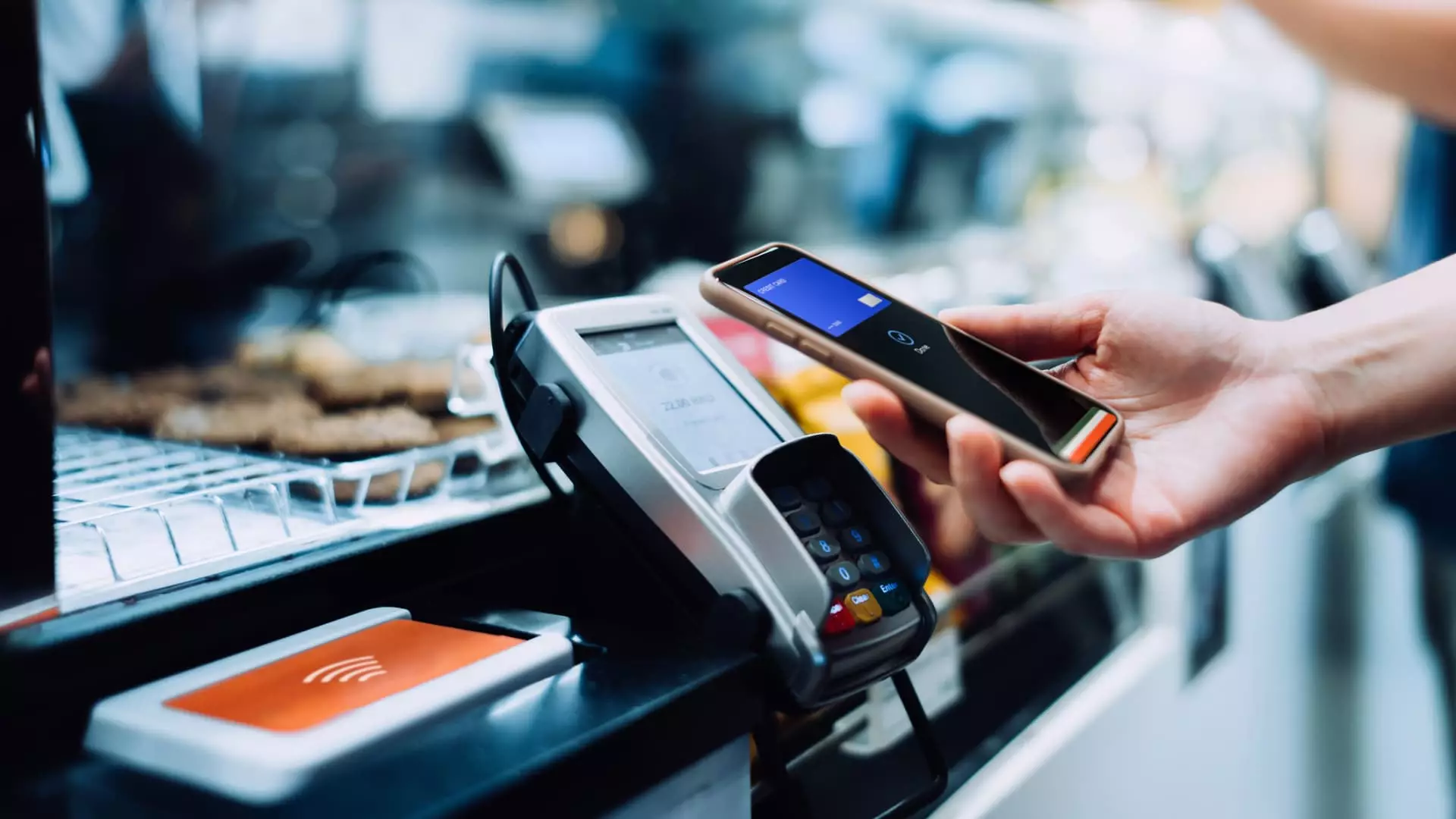In the fast-paced world of financial technology, the rise and fall of peer-to-peer payment platforms reflect broader consumer behavior and trends. Venmo, owned by PayPal, has recently gained acceleration, showcasing impressive growth metrics that have positioned it favorably against its main competitor, Cash App, owned by Block. The recent financial reports from both companies paint a vivid picture of their divergent paths in a fiercely competitive arena. As fiscal strategies clash, consumers are the ones caught in the volatility of these financial giant skirmishes.
Venmo: A Beacon of Growth Amidst Challenges
Venmo’s performance is nothing short of impressive, especially under the stewardship of new CEO Alex Chriss. With a staggering 20% revenue growth compared to the previous year, it demonstrates an effective turnaround plan that focuses on monetization strategies and expanding user engagement. Notably, the introduction of a Venmo debit card has significantly contributed to increased revenues, with payments through this channel soaring more than 60%. It seems that Venmo has tapped into a vital consumer desire for seamless integration into everyday financial transactions, thriving in a space that promises both mobility and convenience.
Chriss’s emphasis on enhancing monetization per user illustrates a clear pivot towards sustainable profitability. Venmo’s robust integration into PayPal’s e-commerce ecosystem seems to suggest that companies must not only attract users but also find ways to retain and monetize them effectively. Here, Venmo teaches an enduring lesson about the necessity of adaptability in a climate where consumers’ needs are ever-evolving.
Cash App’s Conundrum: A Cautionary Tale
In stark contrast, Cash App appears to be grappling with a lack of focus that has cost it valuable ground in this competitive coalescence. CEO Jack Dorsey’s candid acknowledgment of Cash App’s underperformance highlights a strategic misalignment that could hinder its long-term viability. With a gross profit growth of only 10%, the platform’s failure to meet market expectations could leave it at a disadvantage unless significant changes are implemented.
Dorsey’s insights reflecting users’ perceptions of Cash App as not being a “true banking platform” raise profound questions. If consumers feel restricted in accessing their funds, that sentiment can hamper user growth and limit the potential for deeper engagement. The introduction of Cash App Borrow is an attempt to augment its banking services, but whether it will succeed in reshaping consumer sentiment remains to be seen.
The Shift Towards Engagement and Banking Solutions
Both Venmo and Cash App’s futures hinge on how well they can engage users beyond mere transactions. Venmo’s thesis, shaped by Chriss’s leadership, appears to align well with the modern consumer, who increasingly expects integrated digital banking experiences. The spike in monthly active users on Venmo’s debit card signals a promising trend towards loyalty and sustainable growth in a context where users seek more from their digital wallets.
In contrast, Cash App’s current challenges underscore the dangers of stagnation. Dorsey’s commitment to enhancing user engagement through new lending initiatives is welcome, but unless the platform operates from a place of proactivity rather than reaction, it risks becoming irrelevant. Innovative solutions and consumer-first approaches are necessary for survival in this intensely competitive market.
The Consumer Perspective: What’s in It for Us?
At the end of the day, while the battle between Venmo and Cash App plays out in boardrooms and on trading floors, the true impact speaks to the broader consumer experience. The rise of Venmo presents an encouraging narrative, reflecting a responsive business that observes and adapts to user needs with agility. Consumers need reliable tools that not only facilitate transactions but also enhance their financial journeys.
Conversely, Cash App’s challenges prompt a critical call to action for the company to revisit its user experience and engagement strategies. For consumers inundated with choices in the digital payment landscape, the outcome of this rivalry will ultimately shape the services they trust and rely upon.

